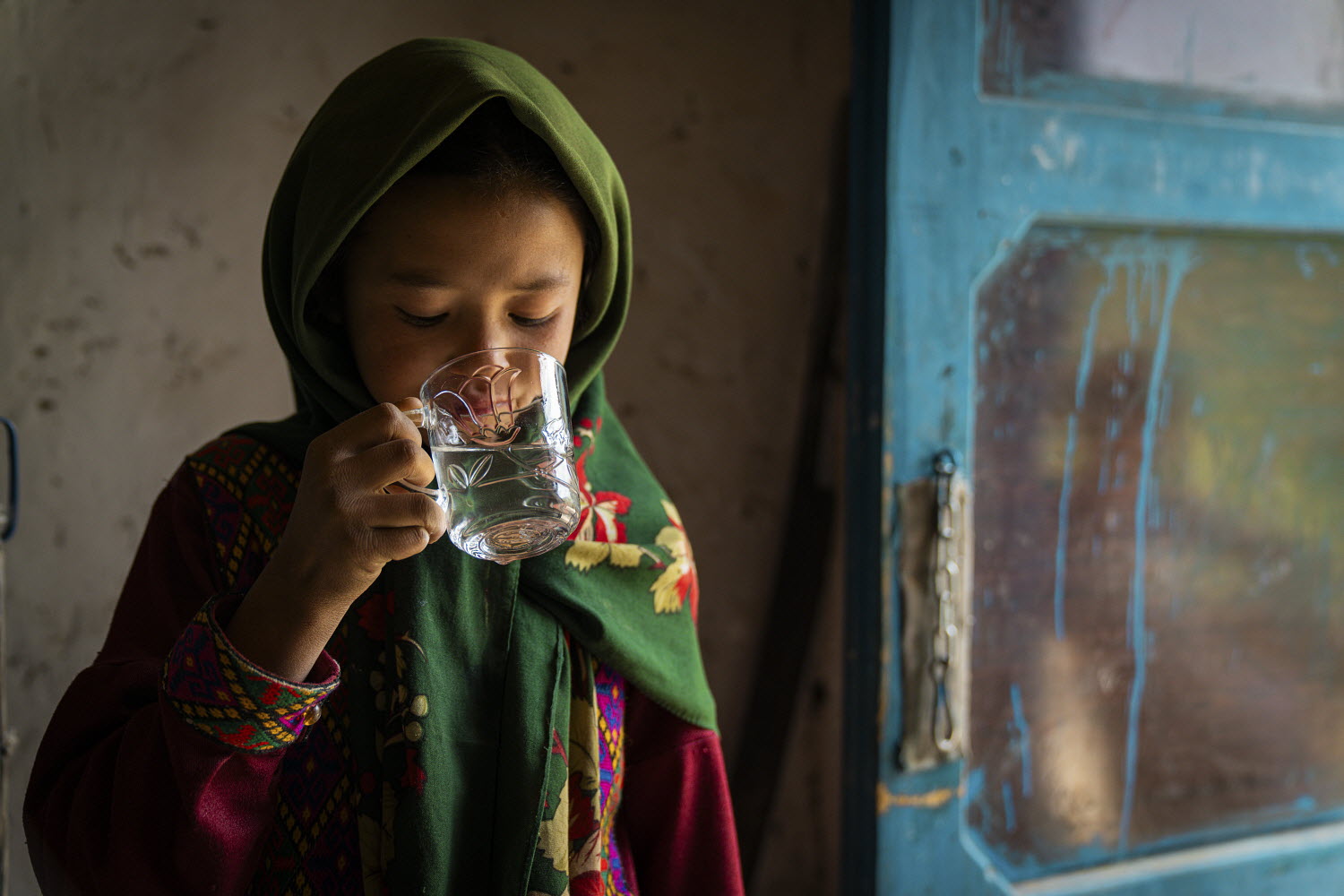
Integrated agriculture water management and One Health
Ensuring sustainable access to safe water and sanitation, achieving sustainable water management, and preventing or reducing pollution, scarcity and flooding events are major global challenges.
Water is also essential for agricultural production and food security. It is the lifeblood of ecosystems, including forests, lakes and wetlands, on which our food and nutritional security depend. Yet, our freshwater resources are dwindling at an alarming rate.
Agriculture accounts for 70 percent of freshwater withdrawals worldwide, and pressure on water supplies for industrial, domestic and agricultural sectors is growing. That is why sustainable water resource management to increase water productivity in food and agriculture remains critical.
Agriculture and waterborne diseases
Agriculture is recognized as an important source of water contamination, including microorganisms. There are different pathways of pollution that can reach water resources. These include unsustainable cropping systems, waste from livestock and aquaculture as well as misuse of fertilizers, pesticides, bacteria, microorganisms and antimicrobial residues via leaching, surface and subsurface runoff from croplands and grazing systems.
Livestock can become colonized or infected by microorganisms that are human pathogens; they can act as reservoirs for potential human infection via water. Nowadays over 1,400 infectious diseases have been described by modern medicine and most of them are shared between humans and animals. Human health is strongly linked to ecosystem health.

The degradation of ecosystems, such as primary forests, rangelands and wetlands, often facilitate the spreading of zoonotic diseases. Recent outbreaks of West Nile virus, Ebola virus disease, SARS, monkeypox, mad cow disease, avian influenza and COVID-19 remind us that human and animal health are intimately connected. These diseases can cross the Darwinian divide between animals and people and do not depend on humans for their survival, giving them a competitive advantage. Therefore, a broader understanding of health and disease demands a unity of approach achievable only through a consilience of human, animal and environment health.
⦿ 2.2 billion people still lack access to water
⦿ 4.2 billion people to sanitation services
⦿ Agriculture accounts for 70 percent of freshwater withdrawals worldwide
